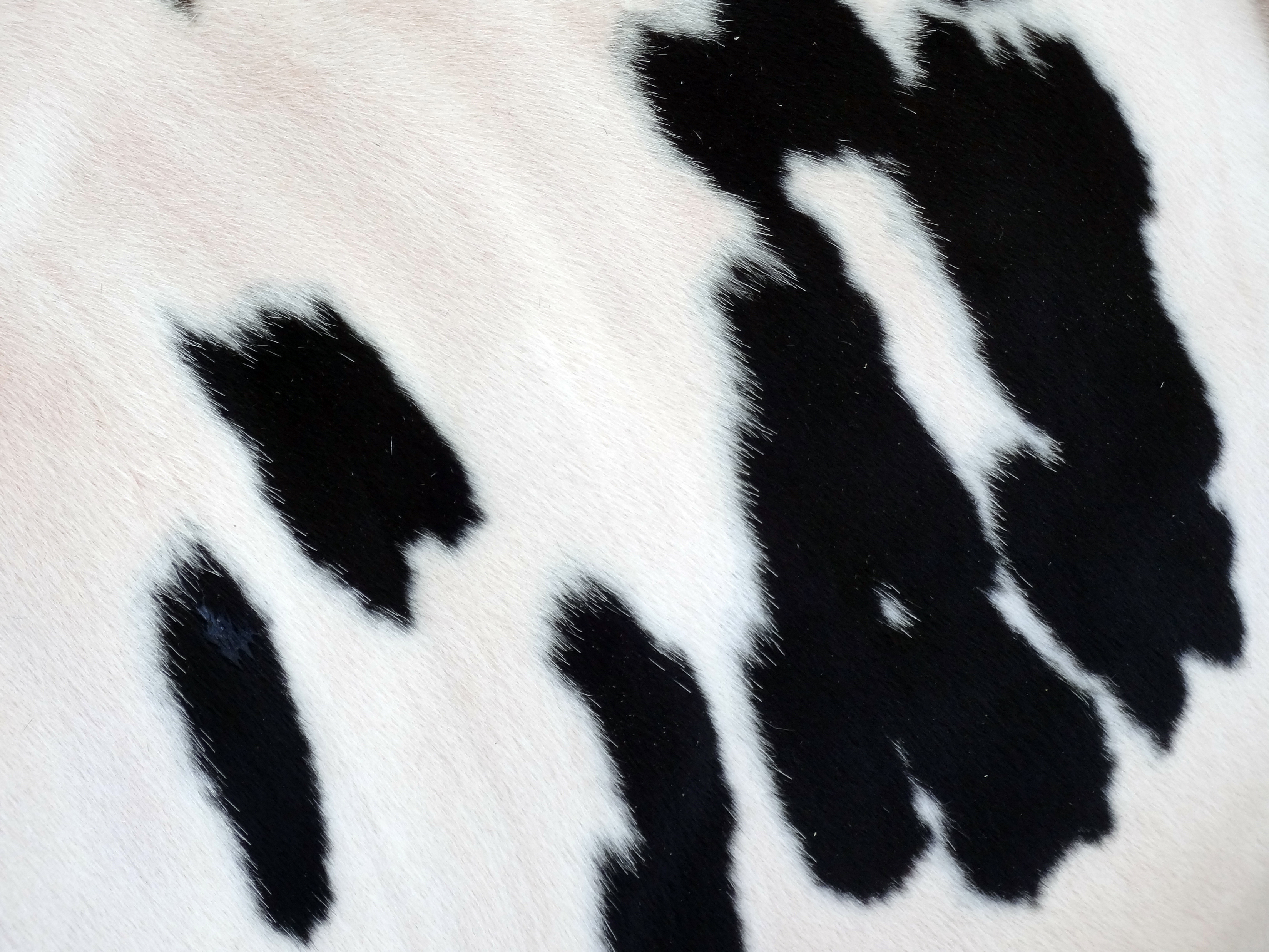Dairy goat breeding is slowly increasing as well as the interest in goats derived products. These animals have the same rearing problems and they are linked to milk cost and economical sustainability as dairy cows are. Goat milk is more expensive than bovine so that we can improve the return on investment in two ways: performance optimization and product valorization.
To optimize performance we can work on genetics, but in goats nutrition can play a pivotal role to increase production. During the peripartum period (especially the transition one), a wrong nutritional balance may lead to ketosis: this is the most relevant and severe metabolic disease linked to this period with the higher economic loss The clinical scenario is much more serious than in dairy cows and it is called pregnancy toxemia (PT).
PT is the metabolic response to an energy negative balance, that can be primary (type 1 ketosis, PT1) or secondary (type 2 ketosis, PT2). PT1 is caused by undernutrition: the body answers mobilizing fat and producing too much ketone bodies to be cleared. This can be easily corrected. On the other hand, PT2 is due to a secondary insufficient nutritional intake. The animal develops insulin-resistance that causes the accumulation of ketone bodies, even without the negative energy balance. This is the hardest scenario to be faced. In any case, both PT1 and 2 have the same origin: wrong nutrition. In the case of PT1 the error is near to the onset, while in PT2 it is too remote in time.
In dairy goats, PT starts always before parturition and has a fast and often fatal clinical evolution. On the contrary, in dairy cows ketosis clinical signs are a post-partum event even if the genesis of the problem is earlier. In both cases, the start of the lactation triggers the pathological event. The gold standard for ketosis monitoring in dairy cows is the frequent tracking of BHBA post-partum as indicated by Oetzel, (2004). In goats, this protocol is not applicable because ketosis always precedes lambing. Goats’ reproduction is seasonal and conducted with natural breeding so that the fertilization and the estimated due dates are not certain. According to the pregnancy staging, is normal to manage groups of lambing during long periods and the precise BHBA monitoring is hard.
Doré et al., (2015) demonstrated that low BHBA levels one month before lambing may indicate a high risk of PT. There is even a strong correlation between low BHBA and animal death. At the same time, the higher the number of fetuses, the higher the risk of PT: the authors demonstrated that 3 or more fetuses increase more than 40 times the risk to develop the pathology. Unfortunately, they also indicated that the cut-off to distinguish the risk of ketosis, PT, and death are overlapping so that more researches are needed on this topic.
Lima et al. (2016) demonstrated that goats with PT (and even animals without clinical signs) have also insulin-resistance during the last month of pregnancy. A moderate insulin-resistance is physiological and necessary to maintain a correct glucose concentration in the udder and the fetus, but the cut-off between physiology and pathology is not clear yet.
In conclusion, the peripartum period is extremely delicate for dairy goats. Lipomobilization is the physiological response to the increasing energy need and animals experience it always before lambing, with the peak at parturition. For that reason, it is necessary to implement nutritional strategies to avoid the switch from physiology to pathology.For more information: marketing@vetagro.comOriginal article here.More info about goats here (Italian)









